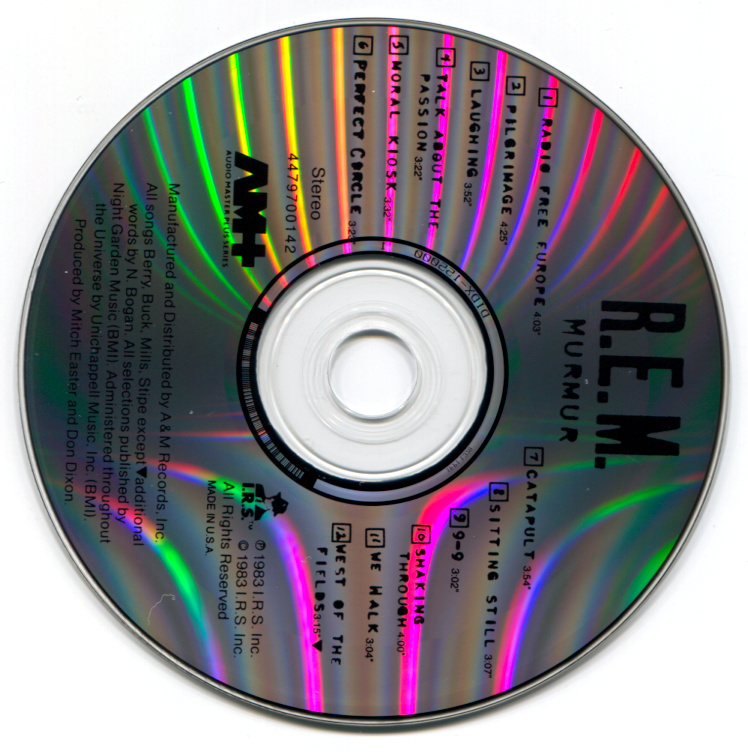So, back on my recommended scanners post, I made a note that CCD sensor scanners that use LED lighting – which at this point is basically all of them – have an issue with scanning CDs. It looks like this:

This is, frankly, quite awful. It’s hard to read anything with the light pattern that appears, and it doesn’t look anything like the classic highlight that you see when holding a CD under a single light source, or on a CCFL-lit scanner. But I’ve finally found a solution!
One of the releases I picked up recently had its CDs in little translucent plastic sleeves. If I scanned the CD through the sleeve, rather than directly on the scanner bed, the rainbow pattern completely disappeared! It turned out that the frosted sleeve diffused the light enough to give a clean scan. Unfortunately, the sleeves that came with that release were too wrinkled to get good results, so I had to go look for alternate materials.
(more…)